The hidden beauty of Pietro Mascagni’s Messa di Gloria
Interview with Andreas Gies
A work of timeless beauty, Mascagni’s Messa di Gloria will be available from Carus in a modern critical edition. Editor Andreas Gies introduces us to the world of this oft overlooked masterpiece and reveals why it deserves our full attention. Discover the fascinating parallels with Giacomo Puccini’s Messa di Gloria and the subtle compositional qualities that emerged from the particular circumstances of the premiere.
Primarily known as a composer of operas, Pietro Mascagni’s fame derives from the hugely popular one-act Cavalleria rusticana. What prompted you to focus on his Messa di Gloria?
Pietro Mascagni captured the hearts of many opera lovers with his immortal “Cavalleria rusticana”. But his talent extends far beyond the opera house, as impressively proved by the moving Messa di Gloria. There are several reasons why it’s worth taking a closer look at this work, which is very well-known and much loved in Italy. I first encountered the Mass through the CD recording by I Solisti Veneti under Claudio Scimone. Despite its popularity, there was at that time still no appropriately edited version of the work. With the modern Carus edition, the Messa is now finally available in a modern engraving with critical commentary and a new vocal score.
Mascagni was good friends with Giacomo Puccini. Are there parallels to Puccini’s so-called Messa di Gloria, which was also one of that composer’s early works?
In connection with the Puccini anniversary year of 2024, I discovered fascinating parallels between Puccini’s and Mascagni’s Messa di Gloria. The composers were around the same age when they wrote these Masses, which were only performed once or twice during their lifetimes and only came to be appreciated posthumously. Moreover, both Mascagni and Puccini introduced motives that later appear in their operas. There are themes in Mascagni’s Mass that he reused in the same year for his opera Cavalleria rusticana while Puccini integrated many motives from his Messa di Gloria into the opera Manon Lescaut.
What was the most interesting discovery you made while studying the work?
I made many interesting discoveries while working with the sources: For example, instead of the classical scoring of two violin parts (violin 1 and violin 2), Mascagni used three systems for the violins. This division of the strings can be attributed to the unusual nature of the orchestra at the premiere, which was largely made up of students from a music school, with only a few professional players helping out. Although Mascagni was still quite young, he was already an experienced composer and musician. By this time, he had composed the great opera Guglielmo Ratcliff (libretto by Andrea Maffei based on the tragedy by Heinrich Heine) and, thanks to his experience as an instrumentalist, was able to supervise the young musicians.
In the composer’s own words, the Mass is “very easy to perform, but at the same time not without a certain effect.” What does he mean by this?
Mascagni’s aim was for the Mass to be easy to perform and yet to create specific sonic and melodic effects. And so while there are no great difficulties for the individual instruments, he still knew exactly how to produce fantastic musical effects.
In your opinion, for which type of choir is the Mass particularly suited today?
The work is attractive to a wide range of choirs, both professional and less professional ensembles. It’s not only easy to perform, but also creates an impressive effect. The Mass is written for a standard combination of male voices (tenor and bass), while the female voices are divided into “ragazzi” (children) and altos. As a result, the soprano part is not particularly high, and the work as a whole is not difficult for the female voices to sing.
What’s your own favorite passage?
There are many great moments in the Messa di Gloria, but one of my favorites is the “Qui tollis”, which captures the typical lyricism of Mascagni’s compositional style in the tenor solo.
At a performance in Orvieto in 1891, the Messa di Gloria was performed to great success along with the now famous Intermezzo from Cavalleria. Which other work could complement the approximately one-hour Mass in a concert setting?
The Mass can be suitable paired with other works by Mascagni such as the beautiful Barcarola from his opera Silvano or the light, neoclassical symphony from Le Maschere, another opera with a similar instrumentation. There’s also the wonderful Visione lirica (Lyrical Vision), which Mascagni wrote late in life – that would be a perfect match for the earlier work also because of the small scoring.
Pietro Mascagni
Messa di Gloria
Carus 27.904/00
Giacomo Puccini
Messa a 4 voci (Messa di Gloria)
Carus 56.001/00
Andreas Gies is an Italian-German conductor, composer, flautist, singer (baritone) and musicologist. He is currently in a PhD program in musicology at the UAB of Barcelona with a thesis on Parisina of P. Mascagni and founded an editorial project (IRIS) for the rediscovery of Italian works between the 1800s and 1900s.

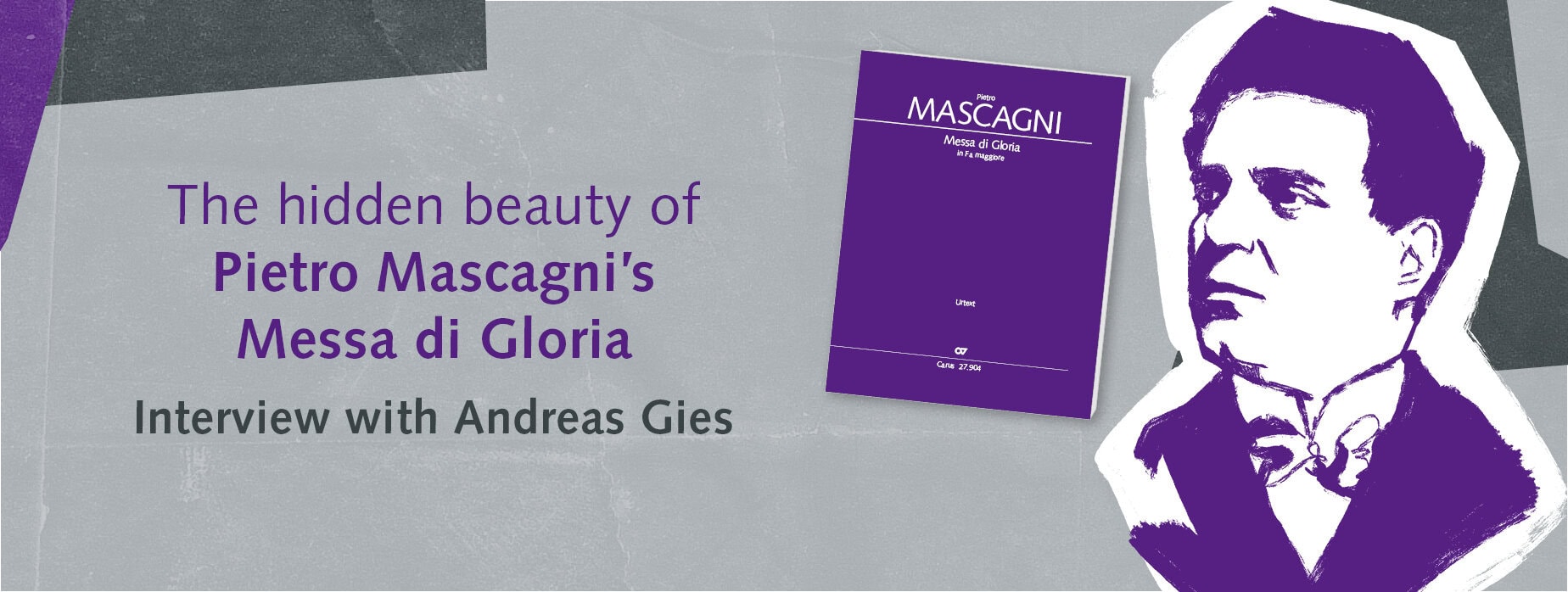
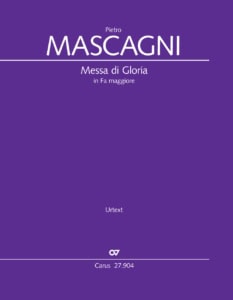
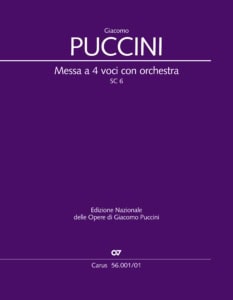

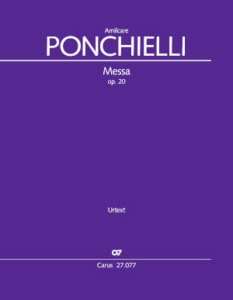
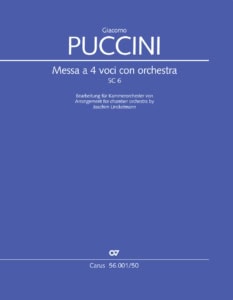
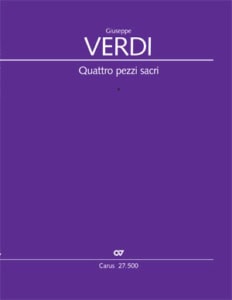 The single works forming the sacred music cycle Quattro pezzi sacri were composed as independent pieces between 1889 and 1897. With the composition of the Quattro pezzi sacri in the last years of his life, Verdi thus returned to his church musician origins. He was once again composing sacred music, this time in a conscious encounter with historical models such as Palestrina and Bach.
The single works forming the sacred music cycle Quattro pezzi sacri were composed as independent pieces between 1889 and 1897. With the composition of the Quattro pezzi sacri in the last years of his life, Verdi thus returned to his church musician origins. He was once again composing sacred music, this time in a conscious encounter with historical models such as Palestrina and Bach.

Leave a Reply
Want to join the discussion?Feel free to contribute!